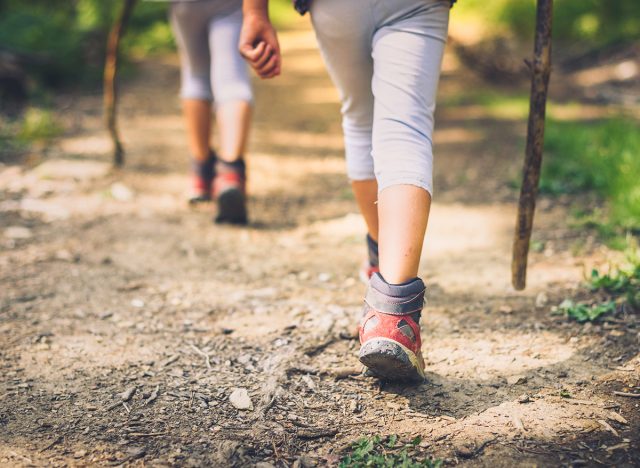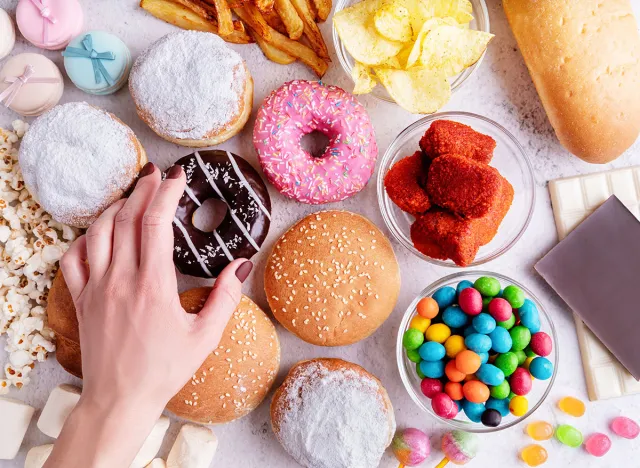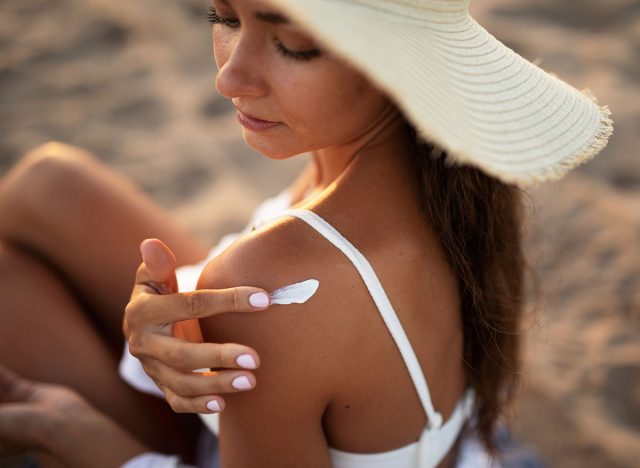9 Habits That May Age You Faster
Are you prematurely aging yourself? Sure, there are things you can do to help yourself look younger, including going under the knife or getting botox and other injections. However, according to one expert, simply bidding adieu to some bad habits can also effectively slow down aging. Kien Vuu, MD, Founder of Vuu MD Performance and Longevity, author of Thrive State, reveals 9 bad habits you should break if you want to look forever young.
Smoking

If you want to slow down aging, start by putting down the pack of smokes. "The act of smoking can severely damage your skin and internal organs by introducing harmful molecules that speed up the aging process," explains Vuu. Additionally, smoking can shrink your blood vessels, thereby decreasing oxygen and nutrient flow to the body.
Chronic Stress

Don't stress – it might age you faster. "Persistent stress results in the continuation of cortisol secretion, which can decrease the body's collagen," says Vuu. "This protein sustains the skin's elasticity and can contribute to DNA-level cellular harm, causing premature aging."
Sleep

Sleeping more can help you with aging. "As we sleep, our bodies repair and renew cells. When sleep is consistently missed, these vital processes are disrupted and can accelerate internal and external aging," says Vuu.
Sedentary Lifestyle

Move more to age better. "Living a sedentary life can quickly lead to a decline in muscle mass and strength and a slower metabolism," says Vuu. "It can also lead to steepening degeneration of body functions, which effectively speeds up the aging process."
Highly Processed Foods

Your diet also impacts aging. "Eating lots of highly processed foods often means you're consuming too much sugar and unhealthy fat and not enough potassium, fiber, calcium, magnesium, and vitamins," claims Vuu.
RELATED: 15 Quick Ways to Lose Body Fat Percentage in a Week
Toxic Relationships

Toxic relationships can age you faster. "Remaining in harmful relationships can sustain stress and emotional disturbance, which adversely affects mental well-being and can be evident physically in the signs of aging," says Vuu.
Loneliness

On the opposite side of the spectrum, having few relationships is also not great for aging: "Loneliness can heighten the body's stress response, increasing the production of stress hormones and inflammation," explains Vuu. These can increase the risk of a range of conditions, from heart disease and diabetes to dementia.
Selfishness

Ego based living can age you faster as well. "When someone is entirely absorbed with themselves, a life without the intention of service, we activate the survival and stress system of our bodies. On the other hand, social connections and living a life of purpose are not just beneficial, but essential for our existence, and can also contribute to a longer life," says Vuu.
RELATED: This Is Exactly How to Lose Body Fat This Year
Skin Damage

Lather up in sunscreen if you want to look younger. "Exposure to UV rays without protection can lead to skin damage, including wrinkles and age spots, and significantly increases the risk of skin cancer, contributing to premature aging," says Vuu.
💪🔥Body Booster: Be proactive about aging by examining your habits and making corrections now.





